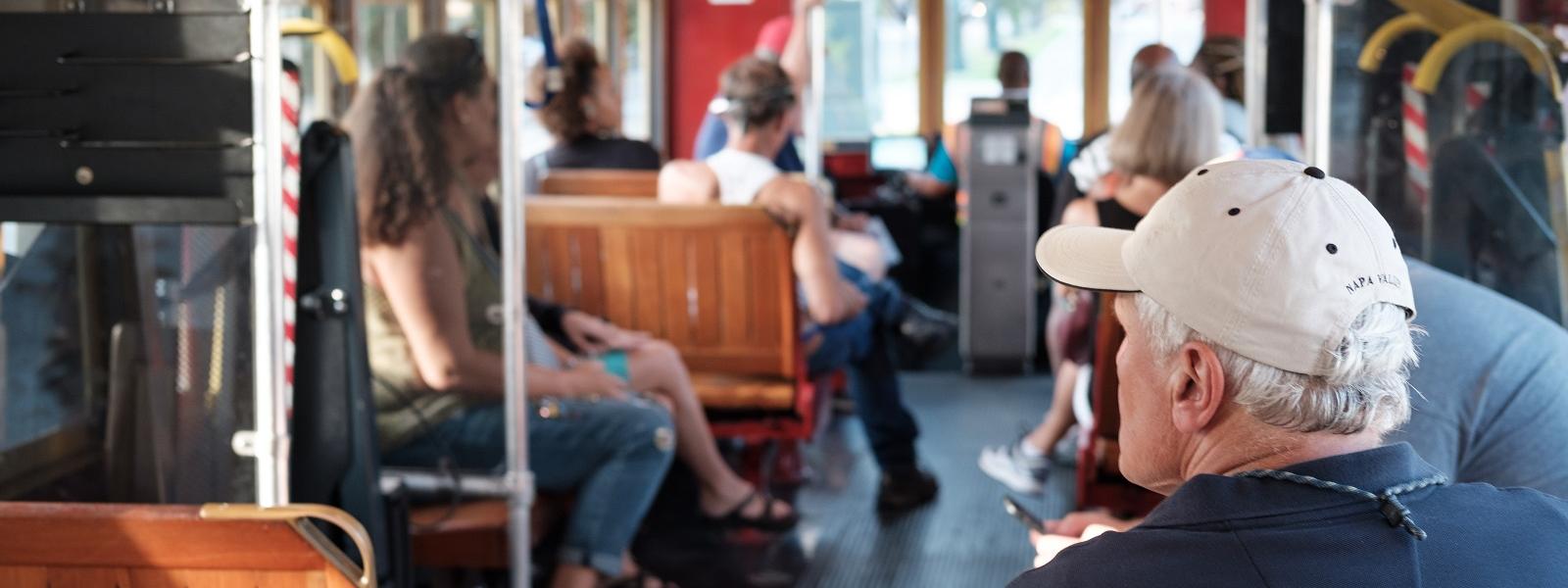The importance of giving riders the payment flexibility they deserve
Open Payment, mobile app, cash...

more
Making it easy to pay for and ride public transit
A new “contactless” world
Over the last few years, technology has impacted consumer habits including the rise of online purchases, online reviews, the need to access everything whenever wherever, along with growing expectations in terms of customer service and experience.
New habits can also be identified in the way consumers pay. "Tap and pay" payments via contactless bank cards and mobile phone (GooglePay, ApplePay…) have become more and more popular, and furthermore during the pandemic.
According to Visa, safety influenced how 78% of global consumers pay due to the pandemic with already 46 % of them thinking that contactless payment methods is among the most important safety measures for stores to follow. According to American express, 70% of U.S. merchants report that customers are now requesting the option of contactless tap-and-go or mobile app payments.
What’s true in retail is also true in transit
Traditionally, riders have accessed public transit with tickets or smartcards usually purchased from a ticket office, a vending machine or when on board.
As contactless payment becomes widely adopted in retail, consumers are now expecting to use this method in other parts of their life including to access public transit.
It is therefore important to implement diverse means of payments within the network so riders can choose how they want to pay for their fare.
Catering for all
What is however important is to cater for all users; those who use transit regularly and those who may ride infrequently; those who prefers contactless payment and those who prefer cash.
The rise of contactless payment doesn’t mean that transit has to go cashless. Many consumers prefer to continue to use cash for privacy reasons while some such as low-income communities who are “unbanked” or “underbanked” rely on cash for their purchases and to access transit.
While many cities and states are banning cashless stores, several brands, including digital giant, Amazon, have announced that they will continue to accept cash at their stores.
Like in retail, transit must continue to offer payment options that cater for all their riders.
Implementing a fare payment-as-a-service solution, by offering mobile and account-based ticketing, as well as convenient Tap & Pay solutions, means that transit can compete with other leading mobility providers.
If you choose to deploy an open payment and/or mobile ticketing solution, it must however be completed by cards and tickets (fare media) to fit any user profile and ensure they can choose their preferred means of payment and benefit from the experience they deserve.
Source :
Say No to the “Cashless Future” — and to Cashless Stores | American Civil Liberties Union (aclu.org)
Photo by Luke Michael on Unsplash
Photo by Luke Michael on Unsplash
